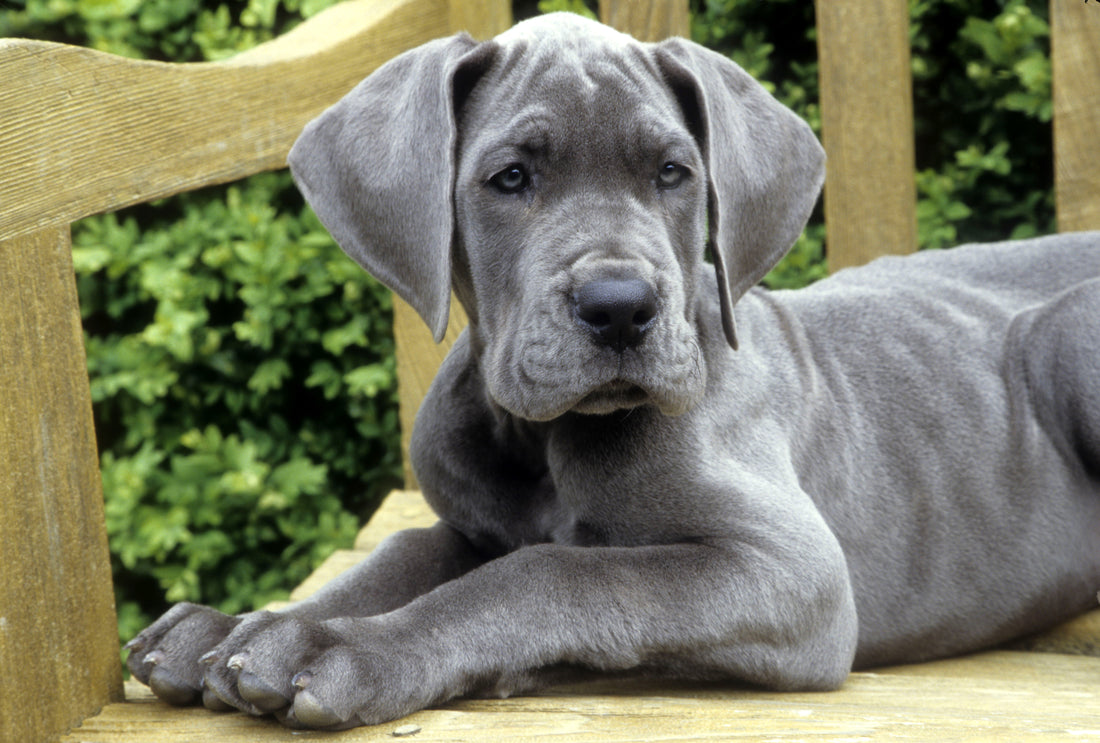Here at Walk and Thread, we decided to cover two big questions in the Dog World...
Question 1
Ever been curious about the biggest dog in the world?
Question 2
Ever considered the journey of how some of our favourite animals became our daily companions?
We have the answers right here!
1...The Biggest Dog in the World: A Great Dane Called Zeus
- Otsego, Michigan.
- A Great Dane
Zeus stood 7 feet 4 inches tall when on his hind legs and measured 44 inches at the shoulder. In 2013, he was officially recognised by the Guinness Book of World Records as the tallest dog in the world.
Despite his size and appearance, Zeus was gentle. Zeus was famous within Michigan where he acted as a therapy dog.
Zeus held the record for the tallest dog, surpassing the previous record-holder, Giant George, another Great Dane, by a single inch. Zeus passed away in September 2014.
2...Dogs: Our First Furry Companions
Let’s dive into the fascinating timeline of animal domestication, with a spotlight on our furry friends.
Dogs weren’t always the cuddly pets we know today. Research suggests that they were among the first animals to be domesticated by humans, parting ways with their wild wolf ancestors around 33,000 years ago. Over thousands of years, selective breeding turned them into the lovable and loyal companions we cherish.
Other Animals Join the Farm
After dogs, humans began domesticating other animals, especially those that could help with food and labour. Here's a quick look at when some key animals joined the domestication journey:
- Sheep: Around 9,000 BCE in the Middle East
- Goats: About 8,500 BCE in the Middle East
- Pigs: Circa 8,300 BCE in the Middle East
- Cows: Around 8,300 BCE in the Middle East
- Cats: Around 7,500 BCE, likely in the Middle East (yes, even back then, cats were just as independent!)
Why Domesticate Animals?
Humans had various reasons for domesticating animals. Some were for food, others for work or companionship, and sometimes a mix of all three. For instance, cows provided milk and meat, while horses, domesticated around 3,500 BCE in Central Asia, were essential for transportation and labour.
Domestication: Not Just Taming
Domestication is different from taming. It involves selectively breeding animals to enhance traits that make them better suited to living with humans. This means they become genetically distinct from their wild counterparts, often showing physical changes like smaller skulls or floppy ears.
Agriculture and Domestication: A Game-Changer
The shift from a hunter-gatherer lifestyle to agriculture revolutionised human society. With domesticated plants and animals, food production became more stable, allowing populations to grow and communities to flourish. This stability enabled humans to explore other pursuits like art, science, and innovation, shaping the world as we know it.
So, next time you cuddle with your puppy or enjoy a glass of milk, remember the incredible journey these animals have taken from wild creatures to beloved companions.

